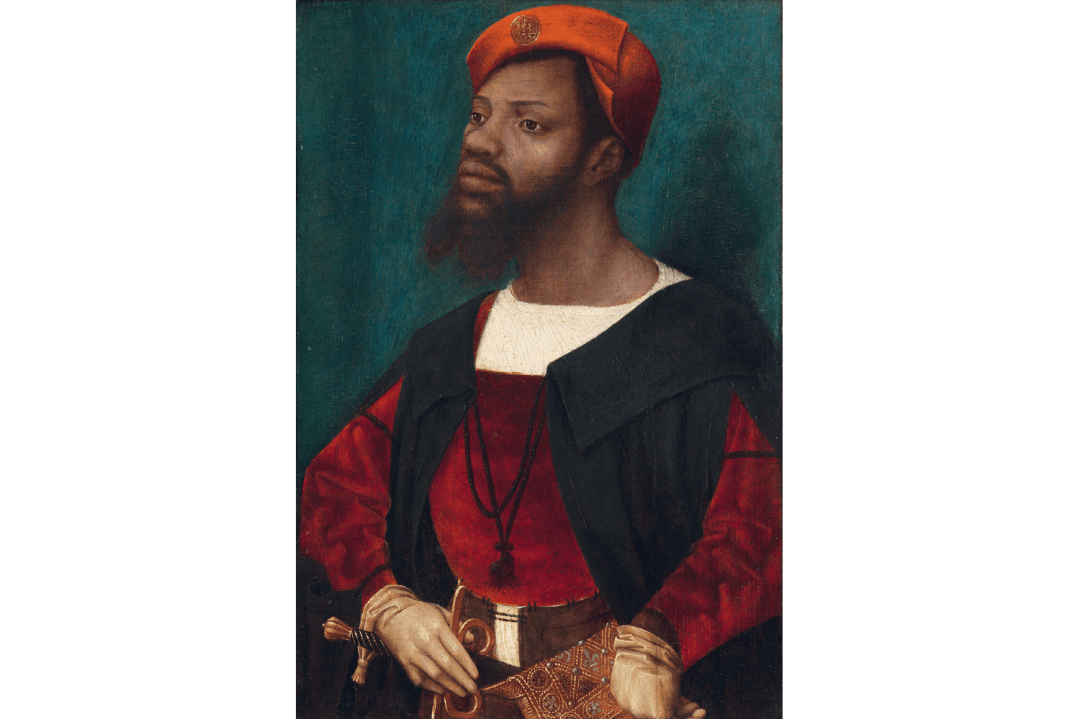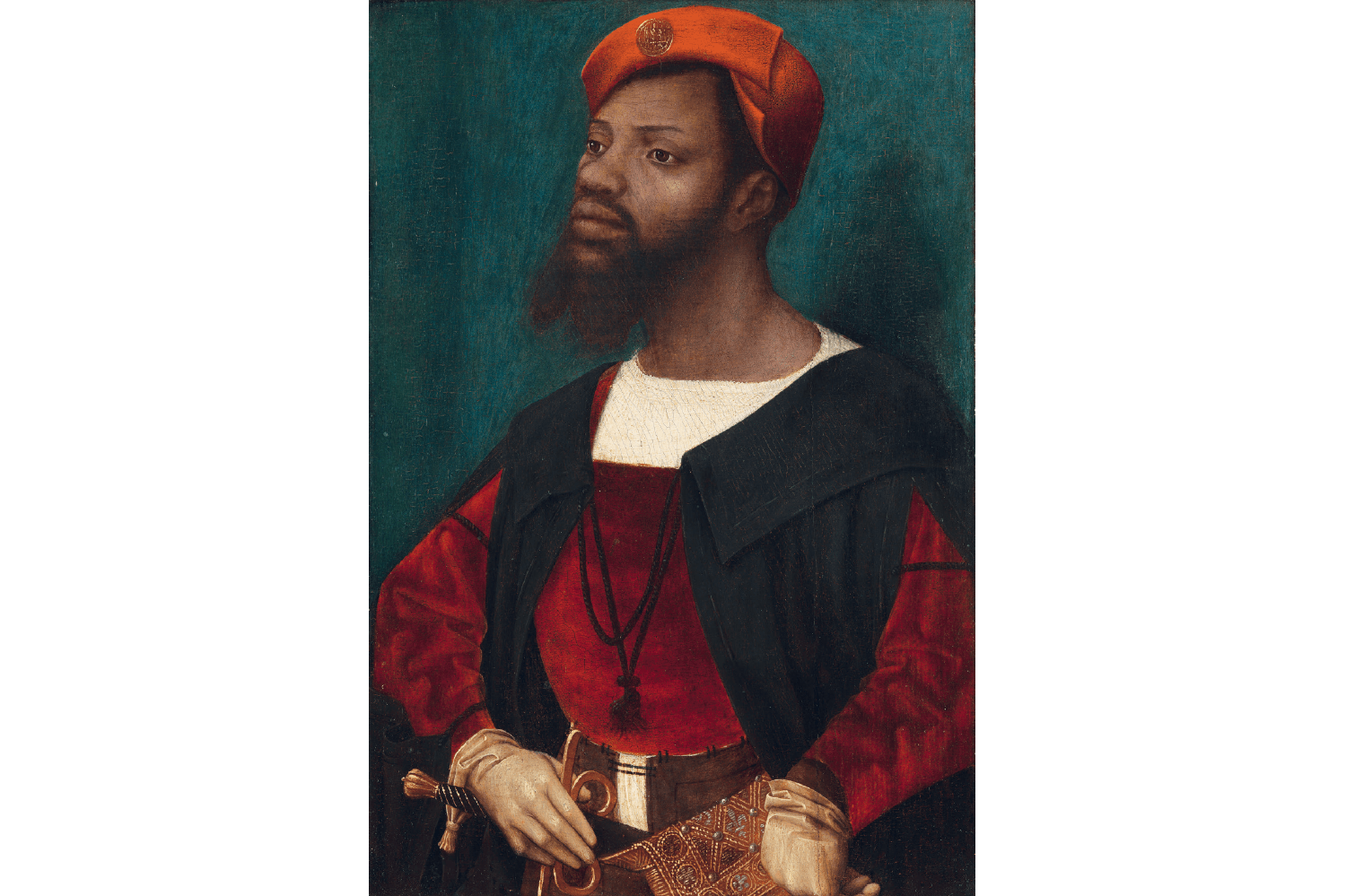What happens when a museum outlives the worldview of its founder? For publicly funded museums with collections amassed during the Empire that no longer reflect the perspectives of a post-imperial multiracial audience, it’s a difficult question.
For the Fitzwilliam Museum, there’s an added embarrassment: the £100,000 bequest from Richard, 7th Viscount Fitzwilliam with which it was endowed and built in 1816, was based on an inheritance from the Anglo-Dutch merchant Matthew Decker, Fitzwilliam’s grandfather and a founding director of the South Sea Company that transported more than 50,000 captured Africans across the Atlantic in the first half of the 18th century. Worse, interest on the endowment still contributes to the museum’s funding. Is it ‘woke’ to be concerned about this? No. The question is what to do about it.
The collection had to be made to tell a different story from the one taken as gospel by its founder
After the dunking of Colston’s statue in Bristol Harbour, it was felt that a full confession wouldn’t be enough; the collection had to be made to tell a different story from the one taken as gospel by its founder. The result is Black Atlantic, the first of three planned exhibitions to adopt a multiracial approach to colonial history. It was co-curated by assistant professor of international history at LSE Jake Subryan Richards, who followed the money, and the Fitzwilliam’s keeper of European sculpture and decorative arts Victoria Avery, who combed the collections for traces of the forgotten lives on which the transatlantic trade was founded. ‘It’s not about blame or guilt, it’s about improving our collection knowledge,’ says director Luke Syson.
The exhibition plots an erratic course through a selection of 120 objects with varying degrees of separation from the slave trade: bronze ‘manillas’ minted in Birmingham for trade with West Africa; chairs made with tropical hardwood cut by slave labour; containers for coffee, chocolate, sugar and tobacco grown on Caribbean plantations for European consumption; botanical illustrations of tropical flora and fauna by European artists drawing on the knowledge of anonymous indigenous experts; and navigational instruments invented to give British merchant shipping the edge over the transatlantic competition. A few objects openly celebrate British supremacy. An enormous English Delftware punch bowl made in Liverpool in 1760 for slave-ship master and trader George Dickinson toasts ‘Success to the Africa Trade’, while a Bristol-made Delftware dish shows Vice-Admiral Vernon’s capture of San Lorenzo el Real del Chagre in Panama in 1740, with the Spanish customs house going up in smoke. ‘Rule, Britannia!’ was composed that year.
Due to the dearth of images of Africans in European art, there are very few paintings. The Fitzwilliam owns a portrait of a pineapple grown on Decker’s Richmond estate in 1720 and fed to King George I, but the only portraits of Africans it can summon are a few engravings of heads by Wenceslaus Hollar and the figure of Balthazar in Taddeo Zuccari’s ‘Adoration of the Kings’ (1555-60). To compensate, it has borrowed two rare portrayals of Africans as gentlemen of independent means: Jan Mostaert’s ‘Portrait of an African Man’ (c.1525-30) from the Rijksmuseum, thought to be the first painted portrait of a black man, and ‘Portrait of a Man in a Red Suit’ (c.1740-80) by an unknown artist from the Royal Albert Memorial Museum, Exeter. Neither sitter is named, but from his sword and rich apparel Mostaert’s African is believed to have been a bodyguard to Charles V or a courtier of Margaret of Austria, while the man in the natty red suit bears a strong resemblance to Olaudah Equiano, the former slave whose graphic memoir published in 1789 was instrumental in generating support for abolition.
Africans were not erased from European art; they were simply omitted. Art is a commodity dependent on a market and in the 17th and 18th centuries there was no market for paintings of Africans other than as magi or exotic appendages to rich Europeans, of which the black attendants to Sir Peter Lely’s Elizabeth Murray and William Dobson’s 1st Lord Byron serve as typical examples. It’s left to contemporary artists to fill the gap. Barbara Walker turns the tables on European art with her meticulously drawn copies of old master paintings in which the marginal black figures are picked out in graphite while the principal white figures are embossed and barely visible. Sokari Douglas Camp’s painted steel sculpture of ‘Sugar Cane John Canoe’ (2021) dancing on a Union Flag in a Jamaican carnival headdress emblazoned with Typhoo and Tetley logos forms a piquant foil to John Nost the Elder’s coloured marble ‘Bust of an Enslaved Man’ (c.1700) in a collar like a dog’s. But the most moving contribution is Jacqueline Bishop’s ‘History at the Dinner Table’ (2021), an 18-plate dinner service inspired by the pride her Jamaican grandmother took in her china cabinet in Kingston. Instead of the European designs on her grandmother’s plates, Bishop’s service is decorated with tropical vegetation entwined with the figures of enslaved women taken from John Stedman’s illustrated account of the suppression of a Surinam slave revolt in the 1770s. The bittersweetness of the mix leaves a pungent taste.
Black Atlantic will go too far for some and not far enough for others. ‘This is only the beginning,’ says Syson, but where will it end?







Comments